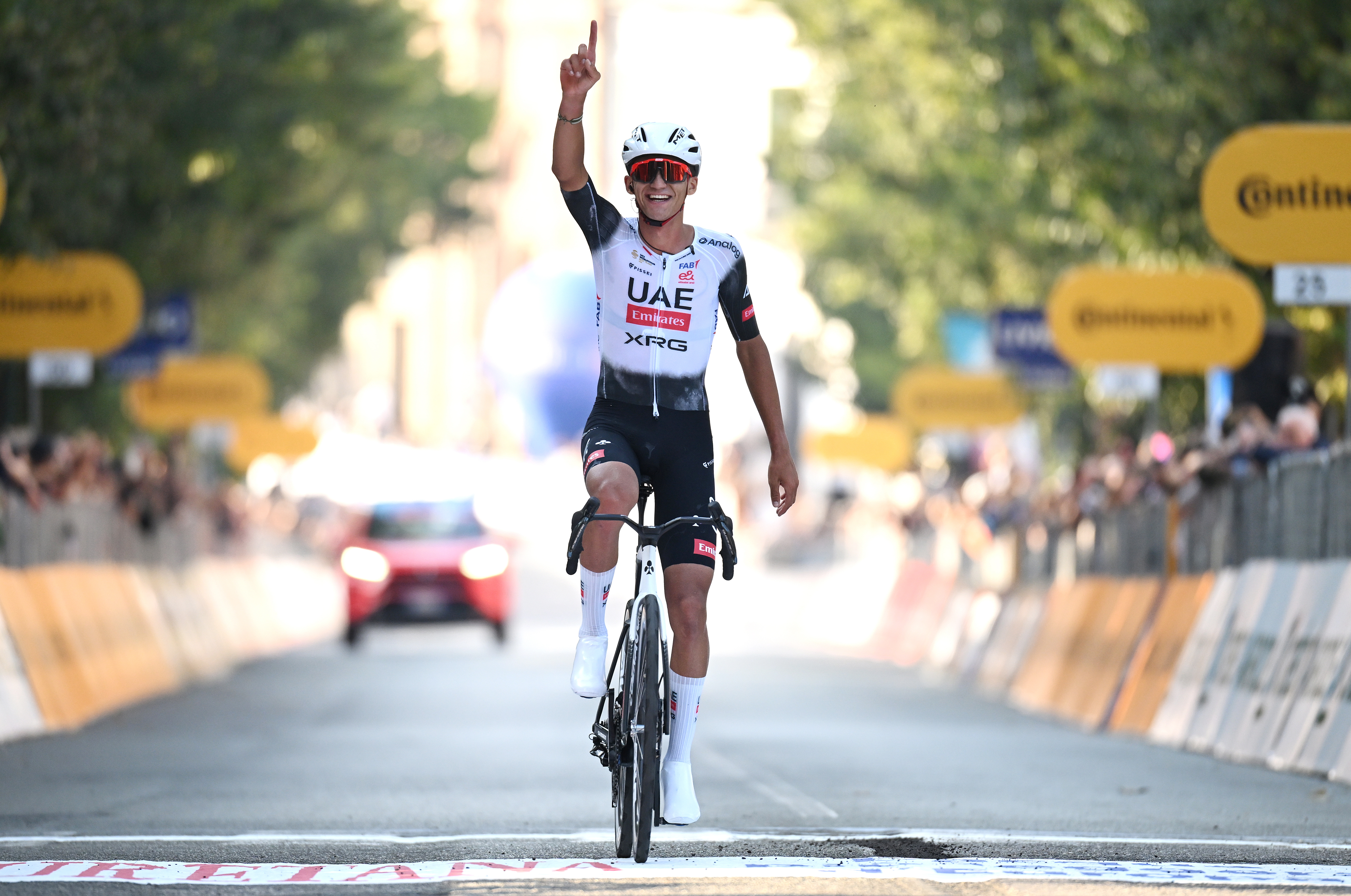Expect a wild ride at wide-open USA Pro Challenge
Altitude and tactics will decide overall winner
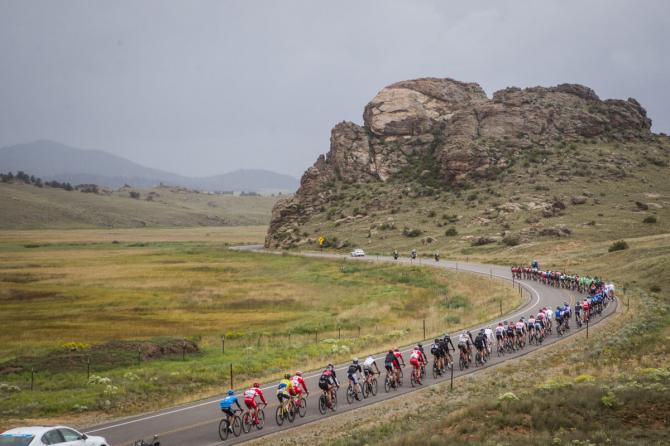
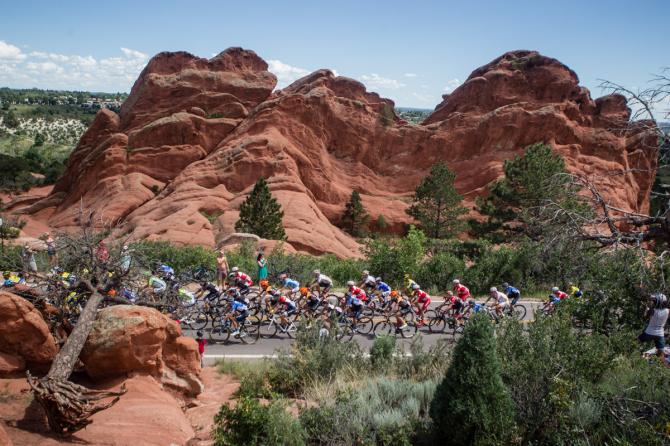
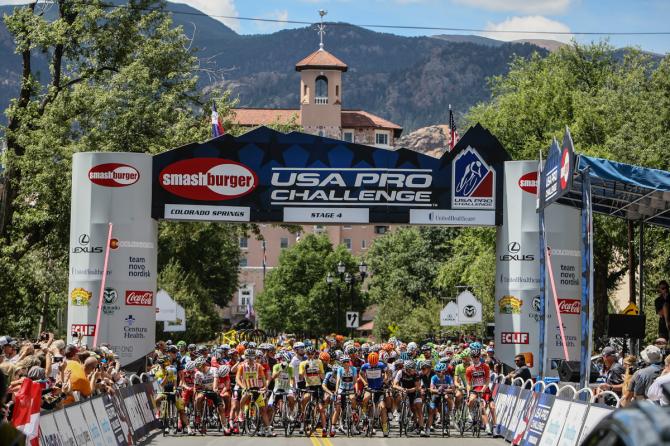
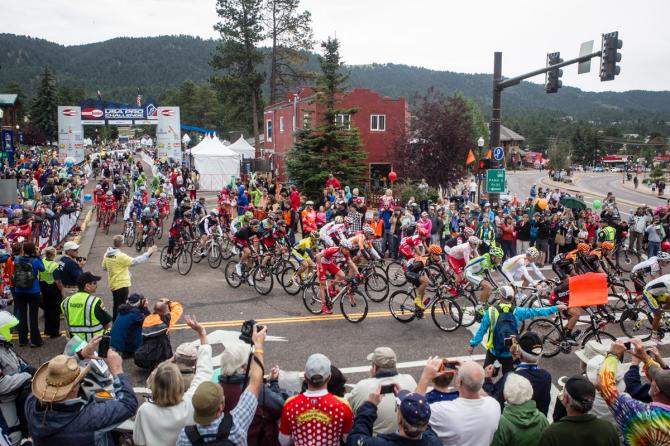
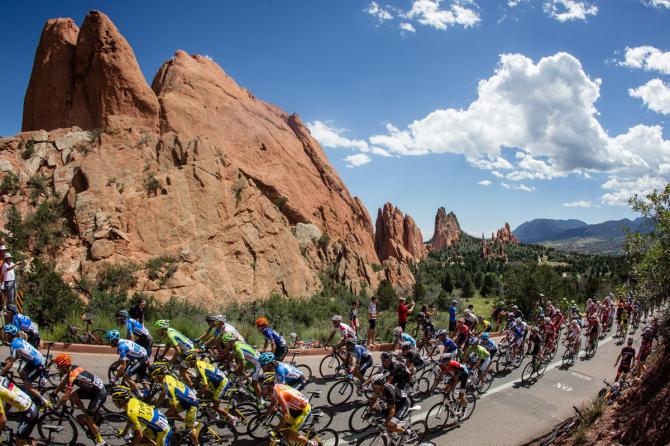
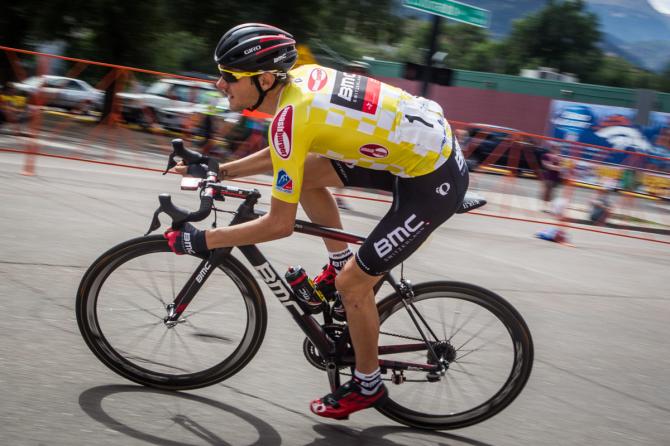
As the USA Pro Challenge, which starts Monday in Steamboat Springs, enters the fifth year of what CEO Shawn Hunter has called the race’s five-year business plan, the 2.HC event faces more competition than ever.
The Arctic Race of Norway, a 2.HC event that started in 2013, is in full swing now, as is the WorldTour Eneco Tour in the Netherlands. The Tour of Utah, which stepped up to the 2.HC level for the first time this year, faces a similar challenge with the Tour of Poland, an eight-day WorldTour race that shares the same dates. There’s also the new Ride London Classic, a one-day HC race, and the well-regarded Volta a Portugal, the growing Czech Cycling Tour, the Tour de l’Ain, and more.
Both Utah and Colorado felt the pressure from the new and growing races when putting together their start lists this year, finding fewer and fewer division-one teams who were willing or able to send full squads to the US in the month of August.
As 2.HC races, the USA Pro Challenge and Tour of Utah could invite up to 70 percent WorldTour teams. Yet Utah had just three WorldTour teams this year, US-based squads BMC, Cannondale and Trek. Colorado has four, the three that were in Utah plus Tinkoff-Saxo. By contrast, Utah had six WorldTour teams last year, while there were five in Colorado.
Ironically, the first World Championships in the US in nearly 30 years, the 2015 races in Richmond at the end of September, could also be hampering participation in Utah and Colorado by big European teams that didn’t want to have riders in North America for two months.
In the past, Utah and Colorado segued well into the Tour of Alberta (2.1) and then the WorldTour races in Québec and Montréal, but the addition of the world championships later in the month may have made the August trip a bridge too far.
Of the WorldTour teams that are in the race, the upcoming Vuelta a España later this month has drawn the top talent. BMC’s Tejay van Garderen, the two-time defending USA Pro Challenge champion, will head to Spain in search of redemption after abandoning the Tour de France while sitting third overall.
The latest race content, interviews, features, reviews and expert buying guides, direct to your inbox!
Cannondale-Garmin’s Joe Dombrowski, the overall winner in Utah, will start his first Grand Tour in Spain, while the team’s Ryder Hesjedal will start the Tour of Alberta on September 1. Trek Factory Racing’s Fränk Schleck was in Utah for altitude training, but he’s targeting the Vuelta this year after missing the Tour de France. The team’s top GC rider, Bauke Mollema, is down for the Tour of Alberta, Québec and Montréal, then presumably the World Championships.
Although the start list in Colorado may be missing some of the big names the race has seen in the past, the lack of returning champions or clear favourites – or even anyone who’s finished on the podium since the inaugural race in 2011 – should make for an open and aggressive style of racing.
Two-time Tour of Utah winner Tom Danielson’s absence last week from that race didn’t dampen the dynamics in the Beehive State, and there should be plenty of ambition on display in Colorado to light things up again.
The Colorado course could favour an all-around rider like BMC’s Rohan Dennis rather than a climber like Roman Krueziger, who would no doubt like to re-establish himself as a top GC rider with Tinkoff-Saxo.
Although there will be plenty of climbing in Colorado, the mostly-highway grade roads aren’t as steep as the ones the riders faced last week in Utah. The real challenge next week, of course, will be dealing with Colorado’s consistently high altitude. The 2015 race route reaches above 3,000 metres multiple times, with stages 3, 4 and 5 rarely dipping below 2,450.
Stage 3, for example, starts at Copper Mountain Resort just below 3,000 metres, reaches 3,377 metres on Fremont Pass in the first 10km and then 3,686 metres going over Independence Pass with 30km to go to the finish in Aspen.
The riders get a reverse trip over Independence Pass the next day during stage 4, which also climbs over Hoosier Pass at 3,500 metres before the finish in Breckenridge. The stage 5 Breckenridge time trial takes place above 2,800 metres and includes the climb of Boreas Pass at 3,075 metres.
The racing starts Monday with a 156km circuit race in Steamboat Springs, and the riders will be feeling the elevation from the start. From there the race heads 186km to Arapahoe Basin at nearly 3,300 metres.
The peloton won’t get below 2,400 metres again until the 165km stage 6 trip from Loveland to Fort Collins next Saturday. The race ends the following day with a relatively mild 110km final stage from Golden to Denver, where the 2015 overall winner will be crowned and everyone can finally take a deep breath.
Click here for access to stage-by-stage details, including insights from Team SmartStop director and Colorado native Mike Creed.
Growing up in Missoula, Montana, Pat competed in his first bike race in 1985 at Flathead Lake. He studied English and journalism at the University of Oregon and has covered North American cycling extensively since 2009, as well as racing and teams in Europe and South America. Pat currently lives in the US outside of Portland, Oregon, with his imaginary dog Rusty.
